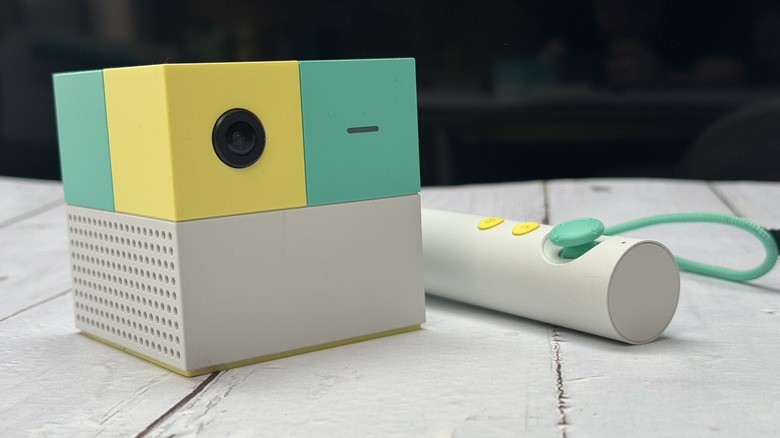
Adam Doud/SlashGear
By Adam Doud/
EDITORS’ RATING : 7 / 10
- Compact form factor
- Fun design and colors
- Easy setup
- VR without the headset
- Won’t go with all decor
- A bit too kid-focused
- Cleartext passwords — what’s up with that?
Do you know what the problem is with VR headsets? It’s the headset part. Arguably in general, it’s never ideal to strap a computer to your face. There are a multitude of problems that go along with that proposition. They’re always some combination of expensive, heavy, dorky, or bulky. They blind you to the outside world and have terribly limited battery life. The only people who really embrace VR and AR are those who simply don’t care about all those things and are willing to give it a go despite those problems. For no other reason than, in their mind, it’s cool.
So how do you get the rest of the world to get on board the VR train? You can introduce your friends and family to VR headsets, show them a nifty game or two, and step back and let them immerse themselves. Anecdotally speaking, you’ll have about a 30% conversion rate. The other option is the simplest — take away the headset and let people experience VR without the headset. Then, add one more element which we will discuss later.
That’s the Nex Playground philosophy, and it’s a compelling one. Use existing technology to put the VR experience on a flat screen. It’s not a new idea, nor even really a new execution. But it is fun…to a point. This review is based on one week of playing on the Nex Playground sample, provided by Nex.
Down to the basics
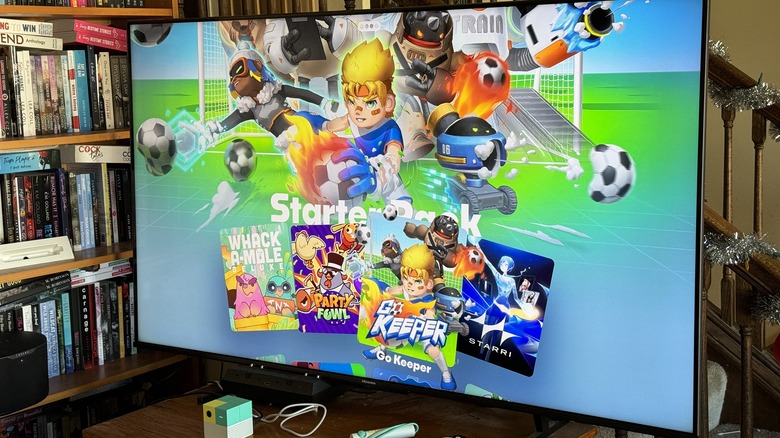
Adam Doud/SlashGear
The core concept of the Nex Playground is similar to what Microsoft tried with the Kinect camera for the Xbox, but it’s a little simpler than that. You don’t need anything more than the Nex Playground game system itself — and the camera is built in. Nex is a multi-colored cube with a camera on one side, an HDMI and charging port on the other, and a remote for navigation through the main menu.
The cube’s design makes it look like smaller cubes — which is just a design. The colorway is a sort of pastel yellow, green, and white, which is fun and attention-grabbing but won’t necessarily fit in with all decor. But the aesthetic points to the last element, referenced earlier.
The Nex Playground is designed for kids, or at least kids are front-of-mind for the company. The pastel-colored cube would look right at home in a toy box, or on a shelf right next to Woody and Buzz. This AR device was built to appeal to children, which is a smart idea for a lot of reasons.
Why Kids?
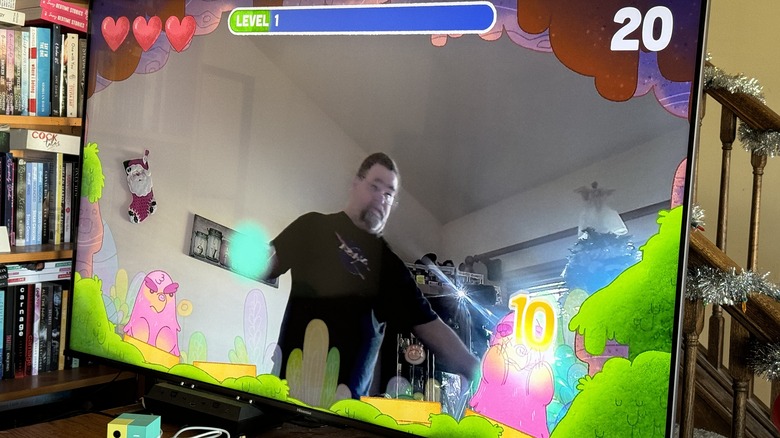
Adam Doud/SlashGear
Kids today are becoming more accustomed to screens, but there’s very little activity encouraged by those screens. Nex solves that problem by getting kids up and moving around, either shooting a basketball or slashing their arms to the beat of a song. To parents, this is an answer to prayers that get kids to hang around in front of the electronic babysitter, but still move and jump around, so they can get a good amount of activity in.
Plus, let’s face it — today’s kids are tomorrow’s customers. You get kids involved with AR and VR at an early age, and they will grow up to accept AR and VR as normal. They’ll likely encourage it and potentially adopt it themselves when they have a little bit of disposable income. That won’t necessarily be great for Nex Playground’s bottom line, but it’ll be good for the AR/VR community, so it’ll be a win all around.
How does it work?
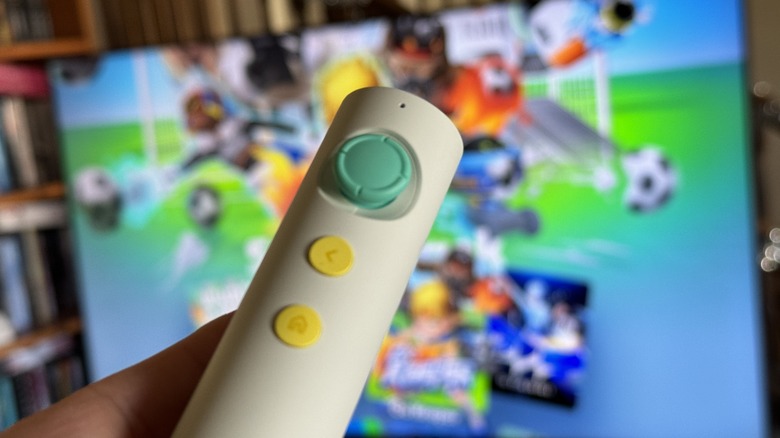
Adam Doud/SlashGear
The Nex Playground comes with a cylindrical remote with a joystick on it that you can use to navigate menus and select options within games. From there, the remote stops being useful so you can slip it into a pocket. The camera on the front of the device then reads your body movements like an Xbox Kinect, which Microsoft killed almost a decade ago, by the way.
It can track your hand and body movements just as well as that Microsoft device, and it can do so for multiple players. Many games support two players, meaning the camera can differentiate between two different people standing in front of it. Moreover, the camera can ignore other people in the background, even if they perform gestures similar to what the game is looking for.
It translates these movements into actions on your screen so you can shoot a basketball, block soccer goals, or smack rodents on the head. The tech is pretty cool, and it really allows you to get immersed in the game.
Some games are smoother than others. The «Whack A Mole» game in particular seems to have trouble keeping up with hand movements. «Starri» a.k.a. «the Beat Saber Clone» doesn’t have trouble keeping up with movements, but isn’t terribly accurate with in-game «reactions.» For example, you might miss a slash and still get a «PERFECT!» flash across the screen.
These games were developed both by third parties and by in-house developers, so there is an ecosystem and developer community at play which is good to see. Nothing kills a platform faster than a lack of new material to play with.
Balancing act
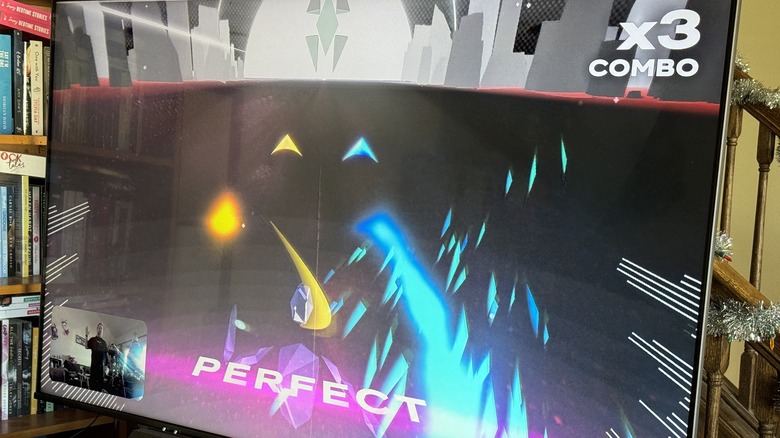
Adam Doud/SlashGear
To that end, the Nex Playground tries to balance child interest with adult interest, and to that extent, it misses a bit. The games themselves are quite cartoony, and while Nex did cooperate with a brand to bring that content to its platform, that brand is «Peppa Pig,» which is decidedly not adult-oriented.
There are some entertaining adult games, though most of the games are fairly obvious (but well-executed) clones of popular titles in the VR and video game space. These include games like «Starri,» which is a dead ringer for «Beat Saber,» and «MiniAcs» which could pass for «Mario Kart» alongside other games like «Whack a Mole,» «Go Keeper,» and «Basketball Knockout.» These games are capable of holding an adult’s interest, but of the roughly 20 games in the library, most of them are better suited to hold the interest of a 10-year-old, rather than someone three times that age.
But the games are pretty universally fun. Not all of them will get you moving so much that you’ll be short of breath, but any movement is better than none.
Runs on Android
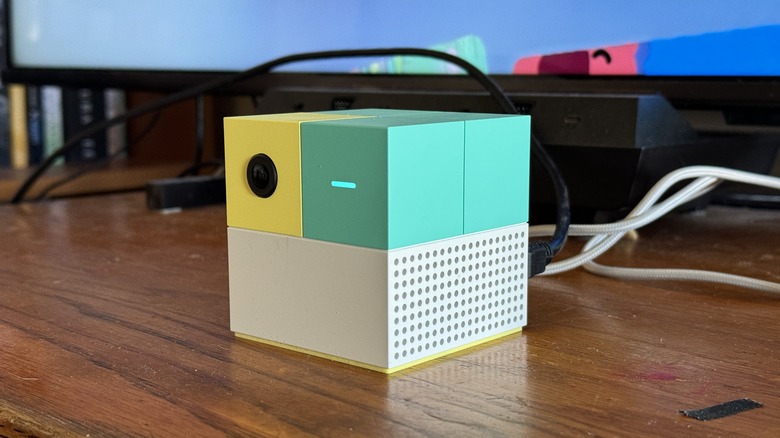
Adam Doud/SlashGear
The Nex Playground runs on an unspecified ARM SoC and runs on a version of Android — because of course it does. This is a heavily skinned version of Android that relies on the remote for navigation. The operating system has one gaping security hole — when you go to enter your Wi-Fi password, it’s completely cleartext. It’s hard to imagine how that got past quality assurance, but here we are.
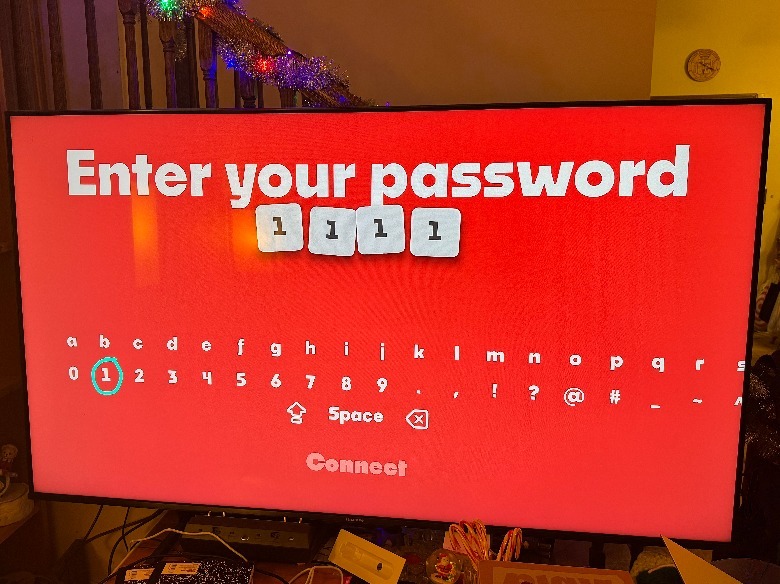
Speaking of which, setup for this device is incredibly easy. You just plug in the HDMI and power cable in the back, and you get walked right through the intuitive setup, including the aforementioned clear-text Wi-Fi password. Once you’re done, your first four games download and, if you also purchased a Play Pass, you can enter that code to unlock the rest of the games.
It’s also a little weird that this system is built upon movement and gestures in games, but still requires a remote to navigate the OS. There is something to be said for the precision of using a remote with a joystick and buttons, but if your whole «thing» is to get people moving, it seems odd that in order to get started you have to use a remote which loses all function once you actually start playing a game.
Requires a subscription
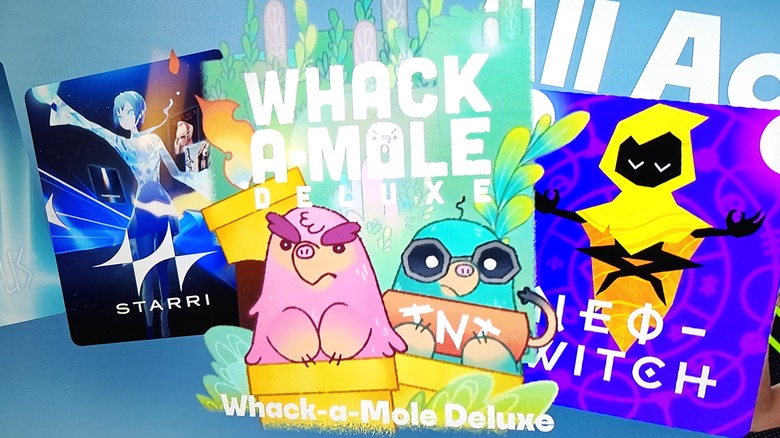
Adam Doud/SlashGear
Finally, there’s the games, which run on a subscription model — It’s not the camera, it’s the film. The Nex Playground comes with four games out of the box that do not require a subscription. Nex anticipates it’ll have sixteen games total by the time it launches, but twelve of those will come from a Play Pass subscription of $89 annually or $49 quarterly. The subscription goes on in perpetuity, so if you want your Nex Playground to be useful beyond the four included games, you have to shell out for a subscription as well.
All things considered, $89 per year isn’t terrible, and it’s certainly better than buying Meta Quest games at $30 a pop, but at least with the Meta Quest, once you own the game, you own it. If you ever stop paying the subscription with the Nex, most of your games will stop working.
This should not be a deal-breaker considering most people pay at least that (if not more) for video streaming services (and probably more than one at that). There are also no ads nor in-app purchases, which is another bonus, but the ongoing subscription is a cost to be aware of.
Nex Playground Pricing, Availability, and Verdict
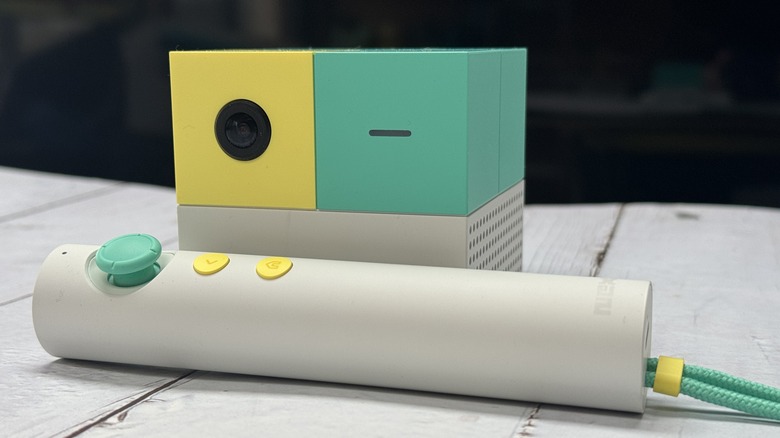
Adam Doud/SlashGear
The Nex Playground is currently in pre-order status for a price of $179.99 which is 10% off the full production price of $199.99 which still undercuts the MetaQuest 3 by $300 or so. That’s not bad for this kind of experience. Of course, it needs to be mentioned that no camera-in-a-box and TV can replace how truly immersive a VR headset can be, but this will get you about 60% of the way there.
All told, Nex Playground has a neat piece of hardware here with innovative ideas and technology that it’s implementing in a smart way. The device gets rid of AR and VR’s biggest paint points by using off-the-shelf components and resurrecting a good idea by Microsoft. Most importantly, it’s getting kids off the couch and burning off some calories and energy.
But it might be a little too focused on kids. It would be nice to see more adult-themed games in the repertoire, or at least it would be nice to see Nex pump the brakes just a little bit and let adults get in on the action, too. True, many adults will have the children to which this device is geared, and in the tradition of parents going back to the beginning of time, those children will be just the excuse an adult needs to play these games.